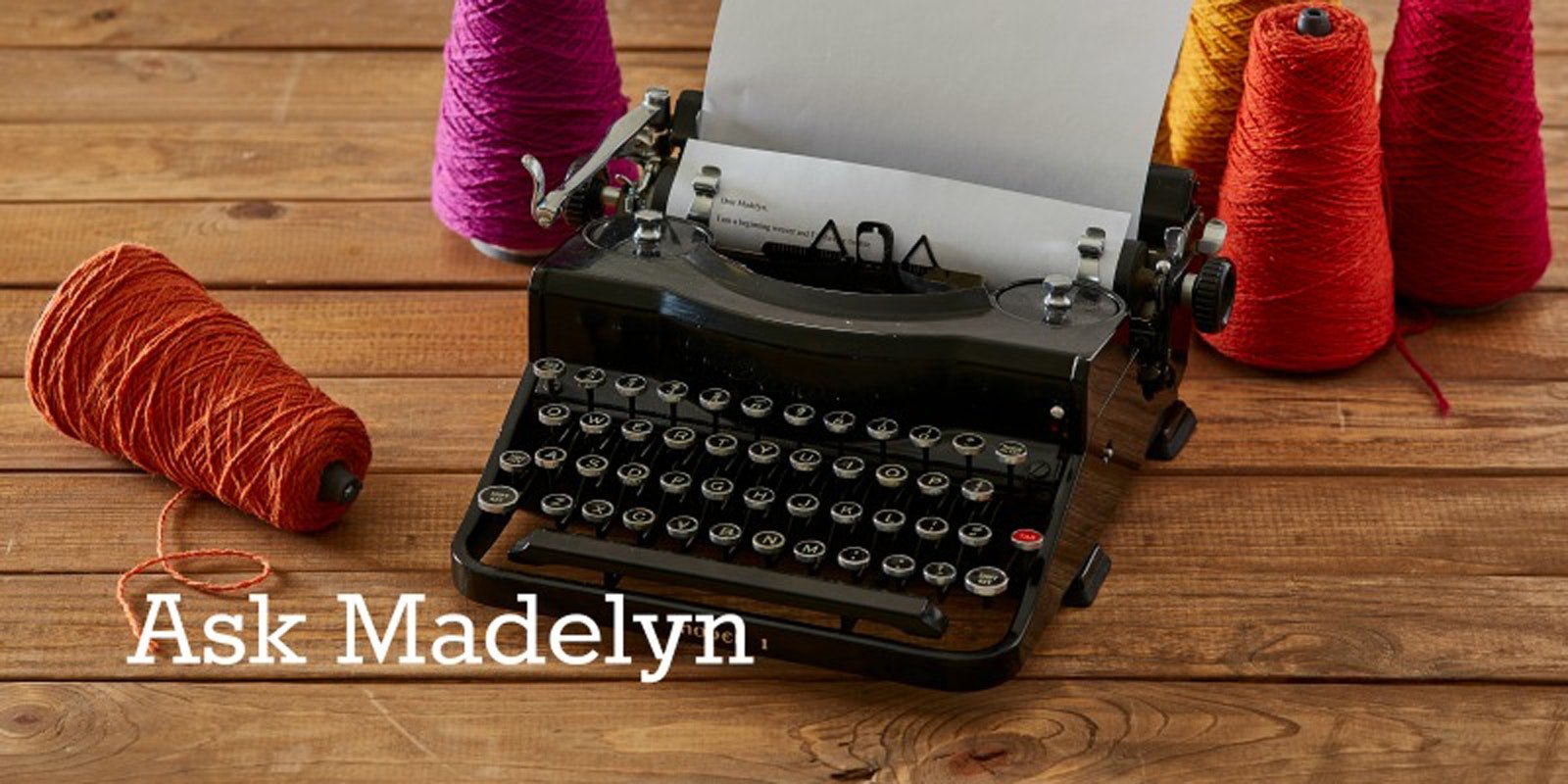Hi Madelyn!
Some of theHandwoven patterns mention 10/2 pearl cotton. Unfortunately I'm not able to get 10/2 cotton from my Canadian supplier and would have to order from the United States. I would like to use what I have on hand, which is mostly 8/2 cotton. How do you make substitutions using the Master Yarn Chart?
—Evelyn
Hi Evelyn!
Being able to make yarn substitutions is a really important skill for a weaver. The purpose of the Master Yarn Chart is to make that easier to do. The first thing you need to consider, which isn't evident in the chart, is the fiber content of the yarns, both the one you don't have and the one you want to use as a substitute. They should ideally be the same (cotton for cotton, wool for wool, etc.), but if that isn't the case, they should have very similar properties (degree of shrinkage and fulling being the most important). Cotton and linen would behave similarly in terms of shrinkage; likewise, rayon and silk and Tencel behave similarly to each other. Wool is a little trickier because its behaviour is more variable:whether the yarn is plied or a singles, worsted or woolen spun, tightly spun or loosely spun—all these may cause differences in their fulling and shrinkage behavior.
The next thing to consider is yarn size (yards/pound). You can compare sizes in the Master Yarn Chart, which gives the yards/pound, and also hold your yarn up to the photo of the yarn in the chart. Especially with cotton, yarns that are close in the number of yd/lb (and size in the photo) can be substituted straight across. It's a little trickier with wool because the yd/lb and relative thickness of the yarn depend so much on how tightly the ply or plies have been spun.
For the yarns you mention: 10/2 cotton is 4,200 yd/lb and 8/2 cotton is 3,360 yd/lb. The usual plain-weave sett (for a yarn's plain-weave sett, look at the middle number of the three numbers given for each yarn in the Master Yarn Chart) for 10/2 cotton is 24 ends per inchversus 20 ends per inch for 8/2 cotton. If you are using 8/2 cotton as a substitute for 10/2 cotton and the project weave structure is plain weave or based on plain weave, I'd simply change the sett to 20 ends per inch for your yarn, subtracting ends if necessary to achieve the same fabric width. For some weave structures, such as warp rep, you can try the sett for 10/2 cotton and if it seems too close when you start to weave, resley to a more open sett. A general rule of thumb will be simply to sett your 8/2 slightly more open than 10/2 cotton.
Hope this helps, —Madelyn

